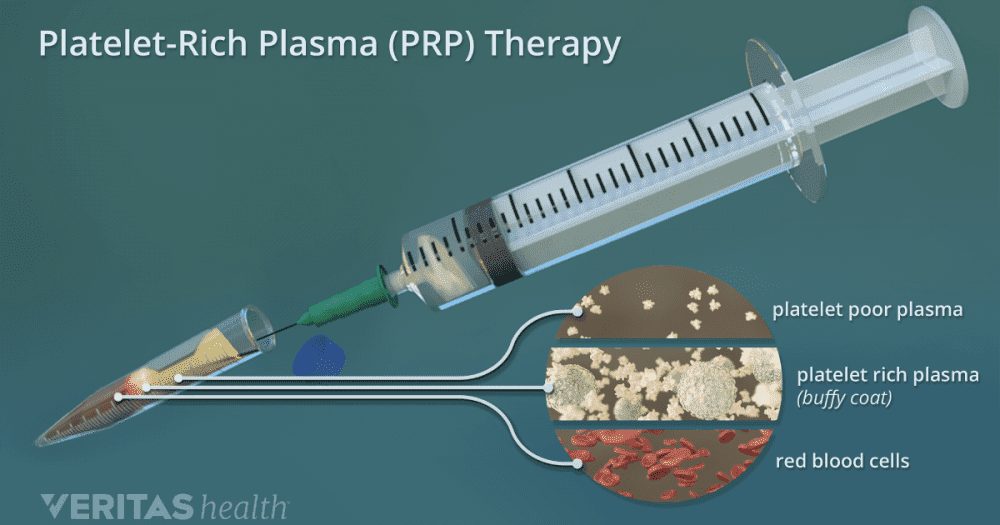What you need to know about tendonitis
Tendons are essential if you want to move because they attach muscles to bones at every joint in your body. To make bones move, tendons endure the stress of the force created when a muscle contracts, then they transmit that energy to the bone. Even though tendons are made of collagen and are stronger than muscles, the daily stress eventually takes a toll.
Tendonitis refers to a tendon that’s inflamed because the tissues are damaged. This problem most often occurs due to an overuse injury sustained when you participate in athletic activities or because you frequently repeat the same movement at work.
You can also develop tendonitis when years of daily wear-and-tear combine with age-related tissue weakness to cause damage like microtears. In some cases, a calcium buildup or bone spurs may cause the problem by rubbing against the tendon.
When tendonitis goes untreated or lasts too long, the ongoing inflammation weakens the tendon, increasing your risk of a rupture.
PRP accelerates healing of tendonitis
Any time you’re injured, your body’s natural response is to send platelets to the area. Once platelets reach the damaged tissues, they release substances that are essential for healing, including proteins called growth factors that trigger tissue regeneration.
Unfortunately, tendons are at a disadvantage when it comes to healing. There are different types of tendons, and some have a better blood supply than others. However, compared to other tissues like bones and skin, tendons have a limited blood supply. As a result, they don’t get a large influx of healing platelets when they’re injured.
We help the healing process with PRP because we inject a high concentration of platelets right where they’re needed: at the inflamed tendon. This boost in platelets can help to:
Accelerate healing and reduce scarring
Tendons heal slowly, typically taking up to 18 months before the collagen fibers are fully replaced. Sometimes the process goes astray, and instead of producing new collagen fibers, scar tissue develops. PRP can help both issues by stimulating the growth of new blood vessels and reducing the amount of scarring. Reducing scarring is important because scar tissue creates a weak area in the healed tendon that’s susceptible to recurring injuries.
Build a scaffold that supports healing
PRP doesn’t just speed up cell growth, it also creates a mesh-like matrix that provides structural support to the newly developing tissues. This scaffold allows new cells to move into place so they can rebuild collagen.
Stimulate collagen production
Tendons are made from collagen, so it’s especially beneficial that PRP contains several growth factors that stimulate collagen production. PRP activates stem cells naturally found in tendons, and it recruits stem cells from elsewhere in your body. These stem cells go to work, producing the collagen needed to heal your tendon. In addition to healing an injury, the collagen production activated by PRP may further strengthen areas of the tendon that have already healed.
Reduce inflammation
Growth factors in PRP fill two different roles when it comes to inflammation. Some contribute to the inflammatory response, which is a normal and needed step in the early stages of healing. When you have tendonitis, however, inflammation remains long after its role in healing is over. PRP helps with this type of damaging inflammation by delivering other growth factors that reduce inflammation.
Deciding when to use PRP for tendonitis
Although PRP is frequently used to promote healing of tendon, ligament, and muscle injuries, it’s such a cutting-edge therapy that standard treatment protocols are still being developed. For this reason, it’s important to get your PRP treatment at Regenerative Institute of Newport Beach, where we keep up-to-date with the latest research and have extensive experience using PRP injections.
If you struggle with slow-healing tendonitis or you have questions about whether you’re a good candidate for PRP, call Regenerative Institute of Newport Beach — we’re here to help.


